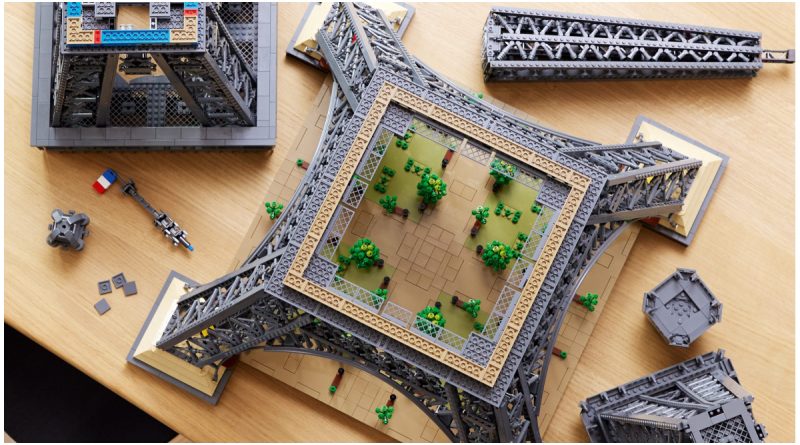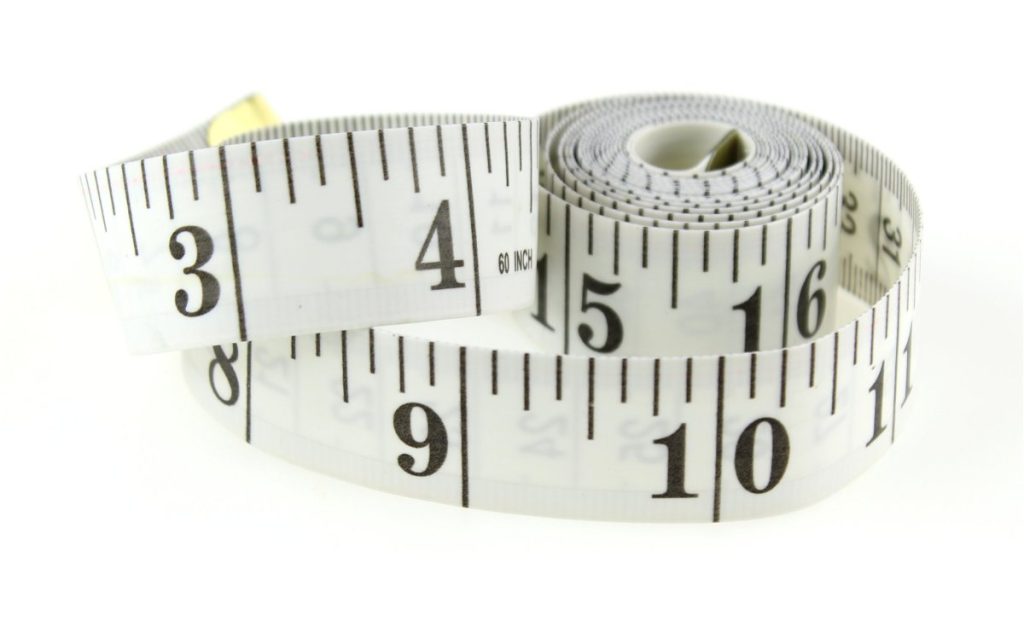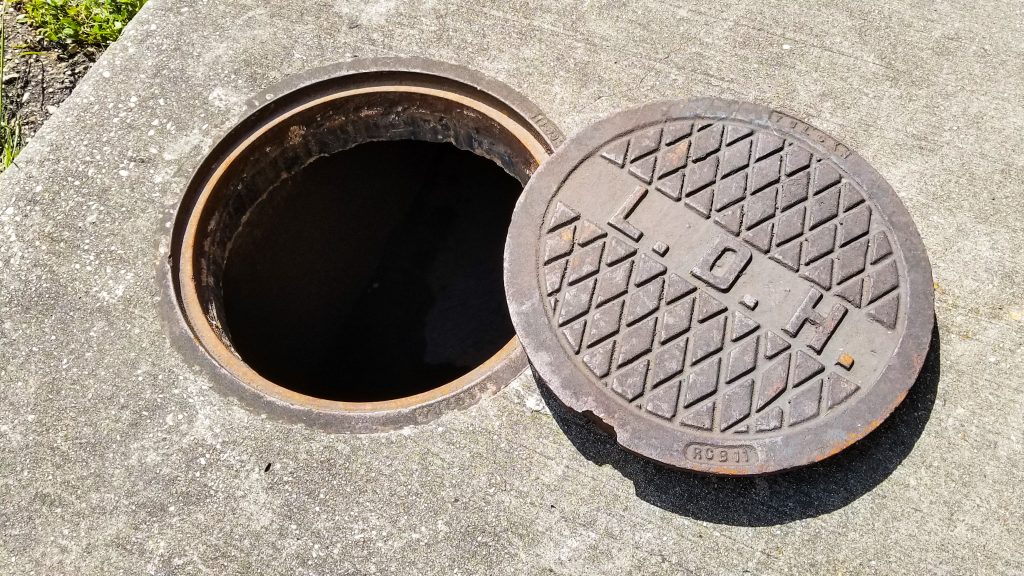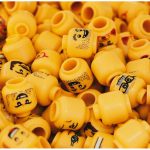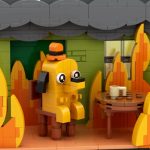15 fun and fantastic facts about the real Eiffel Tower
With the announcement of LEGO 10307 Eiffel Tower, we took a look at the structure that it replicates, and there’s more to it than meets the eye.
Some LEGO builders like to play by the rules. They follow each step in the instructions, and as they close the instruction manual, that’s the build finished. For others, the build is just the start. Then the modifications can begin.
With the imminent release of the much-rumoured 10307 Eiffel Tower – one of the largest LEGO sets ever created – Brick Fanatics took a closer look at the real thing. The tower has a fascinating history, and some of the following might inspire a few ‘alterations’ to your LEGO build.
15 – There’s a Post Office on the first floor

Visitors can send a card or letter from the Post Office on the first floor and it will be franked with a unique postmark. Whether the LEGO designers have managed to squeeze this in, or whether you’ll need to add it yourself remains to be seen.
14 – It was a laboratory and wind tunnel

Eiffel installed a small laboratory at the top of the tower which was used by a number of scientists, studying meteorology, astrology, aerodynamics and more. He also built a wind tunnel at the base that was used by the Wright Brothers to test their aeroplanes, and Porsche to test their cars.
13 – It was yellow for a while
If you care to Bricklink most of the 10,001 elements in the set, or just grab a can of spray paint, then you can render the tower as it appeared in 1899. Reddish-brown when it was built, it was painted yellow after 10 years. It was subsequently yellow-brown and chestnut brown but for many years now it has been kept a unique ‘Eiffel Tower Brown’.
12 – 5,000 people can be on the tower at any one time
Start collecting those microfigures. The limit for the tower is 5,000 people, and with around seven million visitors a year, it’s frequently at capacity.
11 – There’s a champagne bar at the top
It would challenge anybody’s microbuilding skills, but if you can find the world’s smallest bottle of bubbly, then maybe you can recreate the Champagne Bar that resides at the top of the tower.
10 – It moves in the wind and expands and contracts up to 7 inches in heat
At nearly five feet tall, we’re not sure that you’re going to want to build this set on anything but the most stable of foundations, but if you’re going for absolute accuracy, then some kind of ‘wobbly’ baseplate would seem to be in order. Simpler to replicate the expansion and contraction as the temperature changes. Just add an extra tile or two in May and take them out again in October.
9 – It’s the most visited monument with an entrance fee in the world
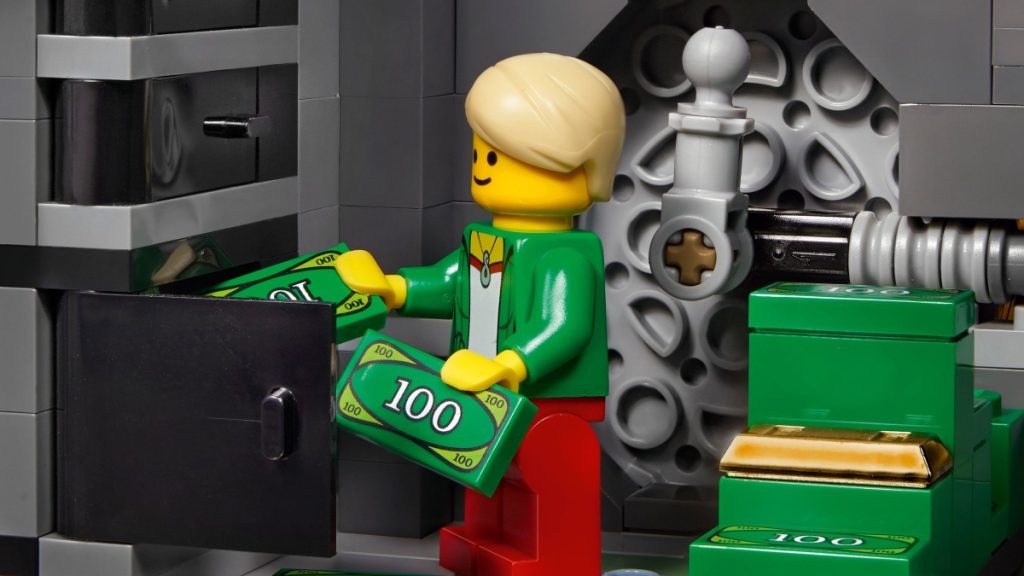
Difficult to replicate this at scale, but we suggest charging friends and family to come and admire your set to offset the cost of purchase.
8 – It’s illegal to publish a photo of the tower illuminated at night.
The lights are considered a work of art and are protected by copyright. Again, a potential revenue-raising option here. Wait until someone photographs your set (and they will) and then threaten them with a lawsuit unless they contribute to the ‘I’ve got to pay for this set somehow’ fund.
7 – It was the tallest man-made structure in the world

At least it was for 41 years until it was beaten by the Chrysler Building. The owners of the Eiffel Tower were clearly unhappy about being usurped by this brash American upstart, so in 1957 a broadcasting aerial was added to the top of the structure, thus beating the Chrysler building by 17 feet. The only official representation of the Chrysler Building in LEGO comes in the Architecture skyline set 21028 New York City. In this set the Chrysler Building is approximately five inches tall, so you’ll just have to tell people that it’s ‘very far away’.
6 – Hitler once ordered the tower destroyed

Fortunately, this order was never carried out. If you wish to recreate the wartime version of the Tower, then be sure to include some French Resistance microfigures who cut all the lift cables, thus ensuring that when the Nazi’s wanted to fly their flag on the tower, they had to walk all the way to the top.
5 – It was once the world’s largest billboard

The Eiffel Tower has, on occasion, been used to promote various companies. Between 1925 and 1936, the Citroën car company used 250,000 lightbulbs to advertise their brand. It was visible from 20 miles away and Charles Lindbergh used it to guide him when he got to France on his solo transatlantic flight. It’ll need rather more lightbulbs than, say, 21335 Motorised Lighthouse.
4 – It takes 30 painters 18 months to apply 60 tonnes of paint every seven years

Dangle a few microfigures from tiny ropes across the structure for that ‘maintenance time again’ look.
3 – There’s a military bunker under the south pillar
Allegedly – details on this are a little sketchy – there’s a small, disused military facility under the south pillar that supposedly joins up with the Ecole Militaire via a long tunnel. Some sources say that tours were available for a short while, but there’s not really a consensus. It’s a good story though, and if you want to incorporate this into your build, you’re going to need to construct a base at least five or six bricks deep underneath the tower. As if it wasn’t big enough already.
2 – On average, there are two proposals of marriage a day at the restaurant, Le Jules Verne
10243 Parisian Restaurant came with two minifigures, one of whom had a gold ring, so marriage proposals are not new to LEGO sets. But if you want a microfigure to get down on one knee, you may need to use a blowtorch.
1 – In 1925, on two separate occasions, the con artist Victor Lustig “sold” the tower for scrap metal

The base of the Tower is a beautifully designed parkland, as shown in this video. Plenty of space to incorporate a shady-looking microfigure about to relieve a rather more gullible-looking character of a sizeable number of francs.
Whether or not you tweak your Eiffel Tower, 10307 looks to be a remarkable set. It’s available from November 25, consists of 10,001 pieces and will cost £554.99 / $629.99 / €629.99.
If you’d like to buy some LEGO then please consider using our affiliate links as they help to support Brick Fanatics. If you’d like to buy 7,300 tonnes of scrap iron, please contact Rob at the Brick Fanatics office. Thanks.

